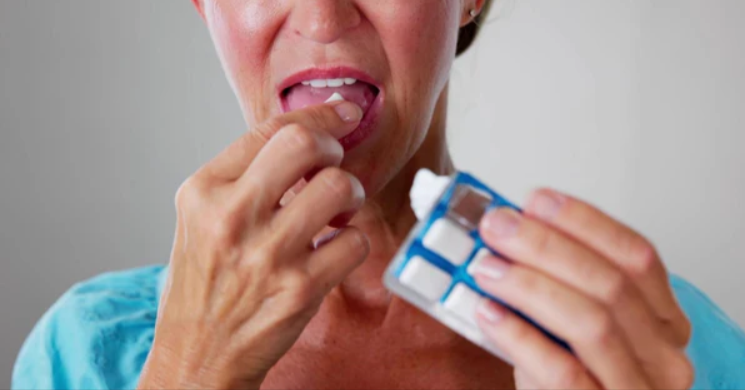It is possible to alter the appearance of teeth by using dental veneers and thin, tooth-coloured shells in Sydney. In Sydney, porcelain or acrylic materials are commonly used to make them, and they’re attached to your teeth permanently.
There are many cosmetic issues that veneers in Sydney can be utilised to correct, such as chipped, discoloured, or undersized teeth.
The number of veneers needed varies from person to person, but most need between six and eight veneers to achieve a uniform, symmetrical smile in Sydney. Veneers are most often put to the upper front eight teeth in Sydney.
What kinds of veneers are there?
Porcelain and composite resin are the most frequently used materials for dental veneers, which necessitate extensive prepping work. However, “no-prep” veneers applied differently are also available.
Veneers in Sydney are applied to teeth by grinding down the enamel and occasionally even the root structure to get the desired result. There is a risk of complications if the treatment is not done correctly, and it is often uncomfortable and requires a local anaesthetic.
It all depends on your dental issues and how many teeth are affected. Wax models of veneers may be ordered by a dentist if there are multiple teeth concerned.
On the other side, no-prep veneers may require some minor alterations to the teeth, although these changes are negligible.
Veneers made of porcelain
Some dentists may begin by pulverising the teeth but then making an impact on the teeth to produce a mould.
Your dentist will install the veneer on your tooth root and then cement its input once it is finished. Temporary veneers might be employed until the fixed masks are returned from the lab.
Veneers made of composite resins
To put a layer of composite resin on your tooth, your dentist will first etch the base of your tooth.
Your composite may require additional layers to attain the look you desire. Afterwards, your dentist will use a special light to harden the composite veneer.
Veneers that don’t require any preliminary work
Lumineers and Veneers, two brands of porcelain veneers, are among them. Because they’re easier to apply, they’re also more convenient.
Instead of removing teeth layers under the surface, a no-prep veneer only affects your enamel. No-prep veneers don’t need local anaesthetics and are used as temporary veneers in many circumstances.
When it comes to veneers, there are two stages:
If you have a tooth that has been chipped, cracked, misaligned, or discoloured, a dental veneer can transform it into a perfectly formed, natural-looking tooth. Get an idea of whatever you can expect by looking at these before and after images.
Dental veneers have several advantages.
Veneers are known for their ability to brighten and even out your smile by covering the front surfaces of your teeth. For the following cosmetic issues, dental veneers are frequently employed.
- Teeth that have been chipped or fractured
- Extreme discolouration or uneven pigmentation that can’t be repaired with whitening gaps in the teeth
- For a semipermanent expenditure that can give you greater confidence in your smile, consider getting veneers, which can last over a decade, depending on the surface you pick.
How are veneers applied to teeth?
- After your dentist prepares your mould, it usually takes two weeks for your veneers to be returned from the lab.
- You’ll be able to get a consultation to have your veneers placed as soon as they’ve arrived. At this session, your dentist checks to see if your new veneers are the perfect size, shape, and colour.
- Next, your dentist does a complete dental cleaning on you. To avoid degradation, germs must not be able to hide behind the veneer.
- A grinding tool is then used on each tooth that will be veneered to make it rougher. This helps the veneer adhere to the tooth.
- After that, it is attached to the tooth with dental cement by your dentist. To hasten the hardening process, ultraviolet light will be employed.
- Veneers are often inserted in a second session that lasts no more than two hours. Whether or not a local anaesthetic is utilised and how many veneers are being placed can impact the recovery time.



